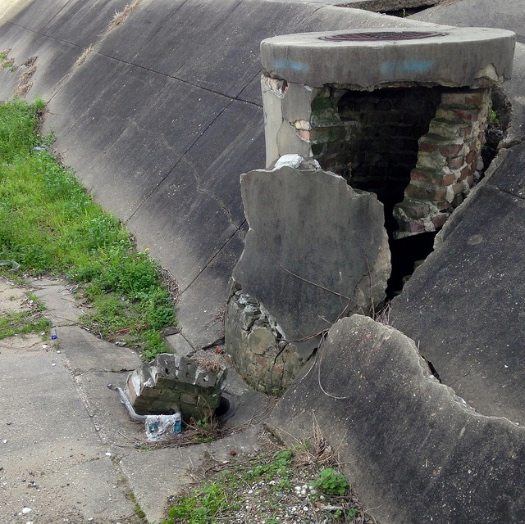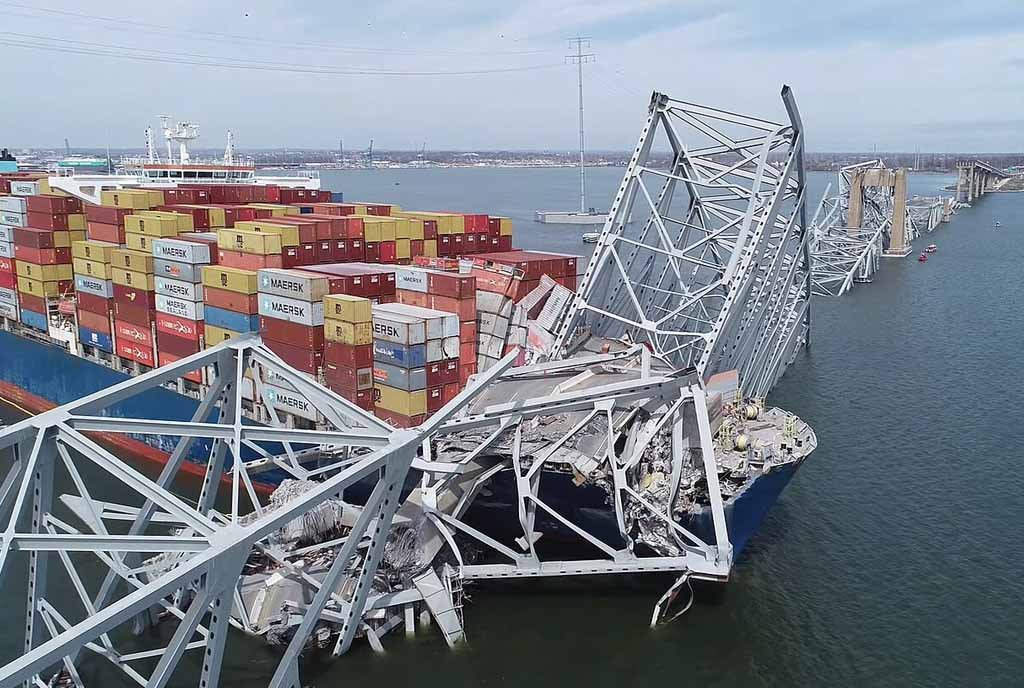
June 5, 2017; Wall Street Journal
According to an annual industry report by Sightlines, deferred maintenance at U.S. colleges and universities exceeded $1 trillion in 2015, or $100 per facility square foot. This represents a 20 percent increase in per-square-foot cost since 2007, significantly outpacing inflation during the period.
The challenge of aging buildings, electrical systems, water and sewer hookups, and other infrastructure is more than financial. The University of Arizona, for example, has an estimated $350 million in deferred maintenance needs. When an electrical transformer caught fire last summer, a replacement part for the 50-year old unit had to be purchased on eBay.
According to the report, the impact of infrastructure repair needs is keenly felt at small private colleges, where repair and replacement backlogs can equal the size of their institutional endowment assets.
Sign up for our free newsletters
Subscribe to NPQ's newsletters to have our top stories delivered directly to your inbox.
By signing up, you agree to our privacy policy and terms of use, and to receive messages from NPQ and our partners.
The paradox is that new construction is funded while older buildings fall apart. Hamilton College in Clinton, New York, built a $47 million theater and arts space three years ago and is currently building a health services and counseling facility. Meanwhile, Hamilton’s deferred maintenance backlog is about $85 million.
The Wall Street Journal cites a Moody’s Investors Service report that “median capital spending ratio at private colleges and universities nationwide was 1.29 in fiscal 2015, meaning that schools invested enough money to cover depreciation on existing facilities plus about 30 percent more. That is the lowest in at least a decade.”
Addressing the infrastructure problem will take a variety of approaches, none of which are particularly appealing. The University of Arizona will borrow $200 million to assist in addressing existing facilities needs. The University of North Dakota is raising tuition, with $1 million a year dedicated to a new capital fund for repairs and maintenance. Wells College in Aurora, New York is offering naming rights to donors willing to support its “Room with a View” project as part of its upcoming capital campaign. The project would “put $10,000 of new heating, windows and flooring into each living space.”
We wonder whether Wells’ capital campaign and other higher education capital campaigns will include a significant endowment component earmarked for maintaining new facilities. However, we know the pressure higher education faces to raise faculty and support staff salaries while also providing greater financial support to students, especially students in economic need. Maintenance is easy to defer…until you need to shop on eBay for parts to repair antique equipment you can’t afford to replace.—Michael Wyland













